19th-20th July 2010. Written by Xin Li.
Ohara, Kyoto, Japan.
Ohara (大原), is a village nestled in the mountains of northern Kyoto. While it may not be as spectacular as the European Alps, Mt. Fuji, China’s Jiuzhaigou, Hokkaido or Mt Aso in Japan, for me, it is closest I could get to a Japanese Shangri-la within my short 5D4N trip to a fraction of the land of the Rising Sun.
While Ohara is known for its autumn foliage, it looked scenic even in summer. Surrounded with tall mountains of coniferous and deciduous trees, the stunning mountain view is a real treat.
The village itself is a quaint looking place with low-rise wooden houses with purple perilla fields and fresh green rice fields for you to feast your eyes on. Perhaps it is a blessing in disguise that Ohara does not have direct access to a railway because the village retains a sense of tranquility despite its popularity has a tourist destination.
The fame of Ohara lies beyond their iconic Ohara peasant maidens who are known for their elegant and colourful traditional costumes.
Their star attraction is a cluster of temples that dates back several centuries in history.
The most well-known among all these temples is Sanzen-in Temple, a Buddhist Tendai Sect temple that was founded by the revered monk, Saicho who introduced Tendai Buddhism to Japan in 804 AD. The temple is one of the few monzeki temples in Japan in which the head priests used to be members of the imperial family.
The Sanzenin Temple, however is probably most well-known for its gardens which is a prime location for autumn foliage (koyo) viewing in the months of October and November. Ohara gets their autumn foliage earlier than Kyoto city.
Other highlights of the temple include a beautiful moss garden with stone statues, a shrine with racks after racks of mini bodhisattvas figurines and the Ojo Gokuraku-in Hall, which is the oldest temple building at Sanzenin.
The statue of Amida Buddha housed within the Ojo Gokuraku-in Hall is the temple’s most valued temple. Unsurprisingly, the temple is a hotspot for faithful Buddhists.
After a visit to Sanzen-in Temple which cost us 700 Yen for admission fee, we decided to seek out another of Ohara’s highlights, the Otonashi no Taki also known as the “waterfall without sound”.
It was so named because the sound of the waterfall is gone as it has fused with the sound of the nearby monks chanting in a legend.
The way to Otonashi no Taki was quite easy, with clearly marked paths and some nice sights along the way such as the streams flowing downhill.
You could also visit a few temples such as the Raigo-in Temple along the way (although they also charge for admission).
My brother was disappointed by the scale of the waterfall, but I enjoyed it. The air around the waterfall was very cooling and it is not silent as claimed in the legend but the sight serene atmosphere I got was just awesome. It is not something you get in Singapore.
Ohara is a really lovely place to visit. You could even consider a stay over. It is a nice place to get away from the hustle and bustle of the city. The village becomes quiet after 5-6 PM as the temples starts to close and tourists starts to disperse.
There are two major ryokans located at the Temple side of Ohara. Namely, Gyozan-en and Seryo both of which are very expensive, so I opted for Ohara-no-Sato located at the other side of Ohara. Some of these ryokans however has hot spring baths available for a fee for day users (or diners) and their guests. The hot spring is a rather modern discovery for the town of Ohara after drilling took place in 2004 to access hot spring water deep underground. I will blog about Ohara-no-Sato in due time.
It is accessible by a Bus 17 from Kyoto Train Station for 580 Yen (One-Way) or from Keihan Sanjo Station for about 420 Yen (The One-Day City Bus Pass does not cover this bus as it is operated by another company) The one-way journey is estimated to take about one hour. Other alternatives include hiking from Kurama or cycling from Kyoto.
108 The Nasi Lemak Shop, Tanjong Pagar Plaza
5 hours ago



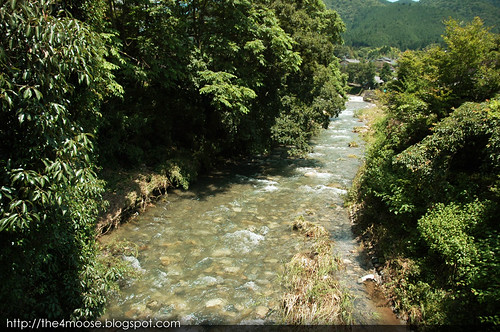
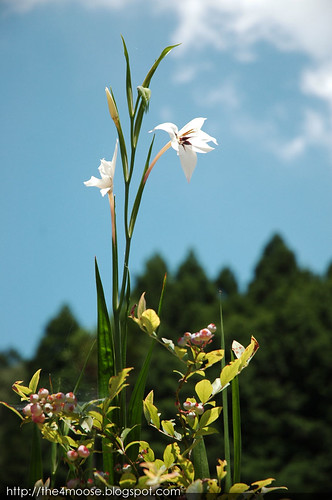
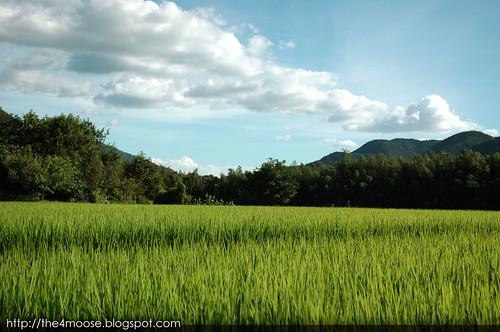

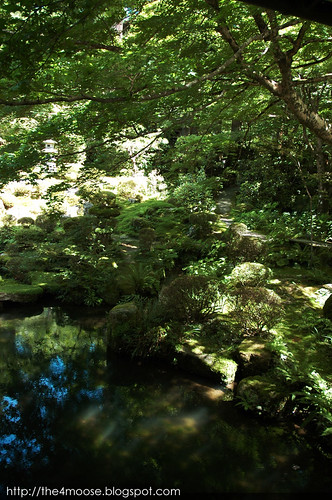

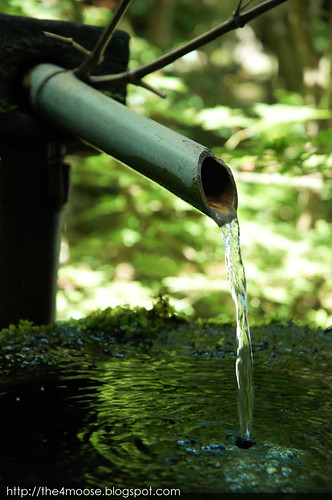
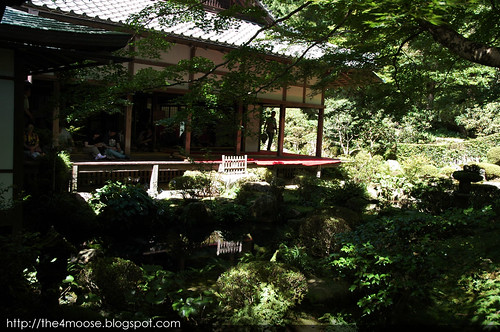
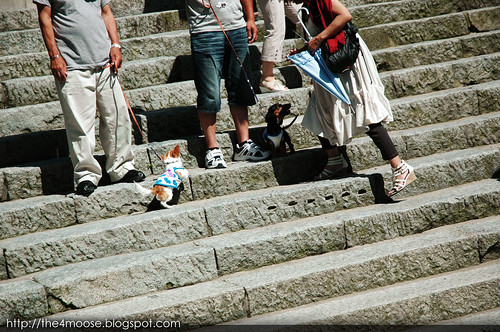

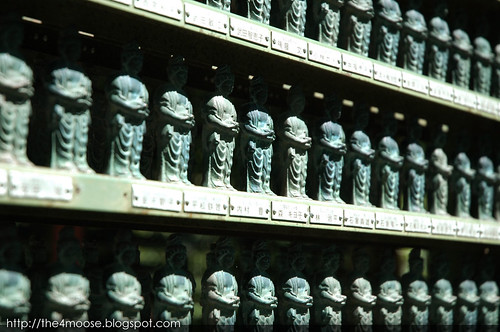
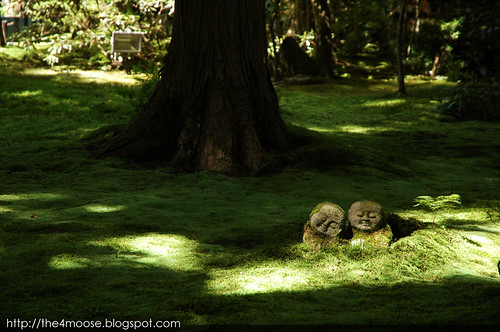
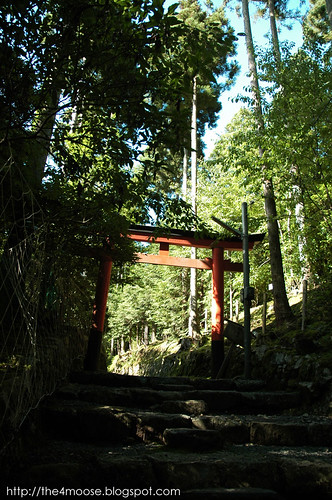

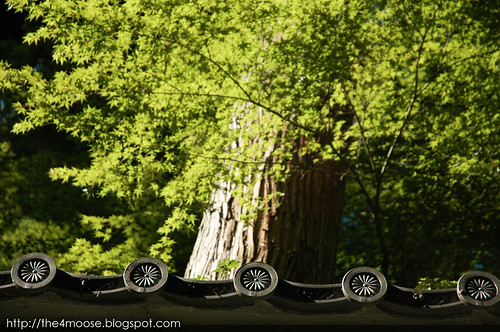

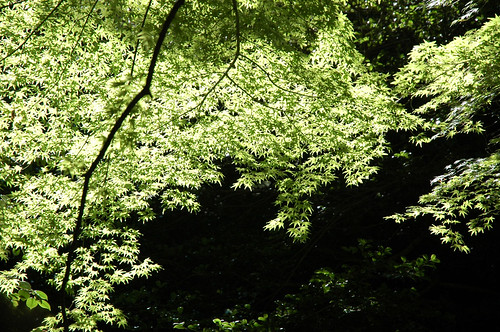
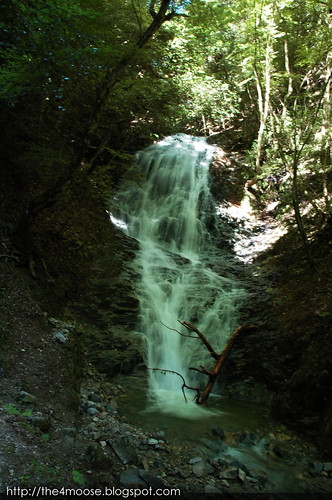
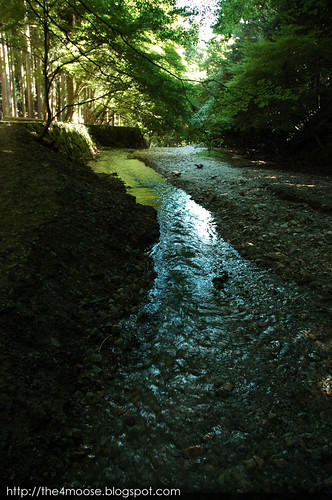
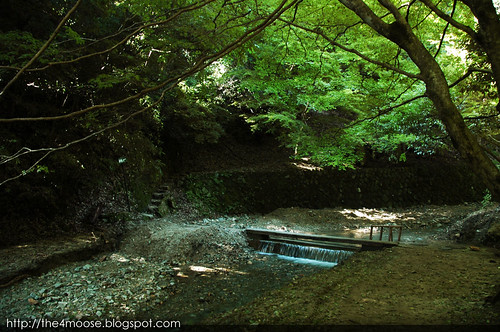
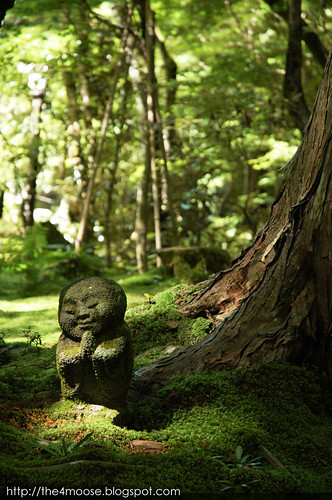














J'adore the photos!
ReplyDelete